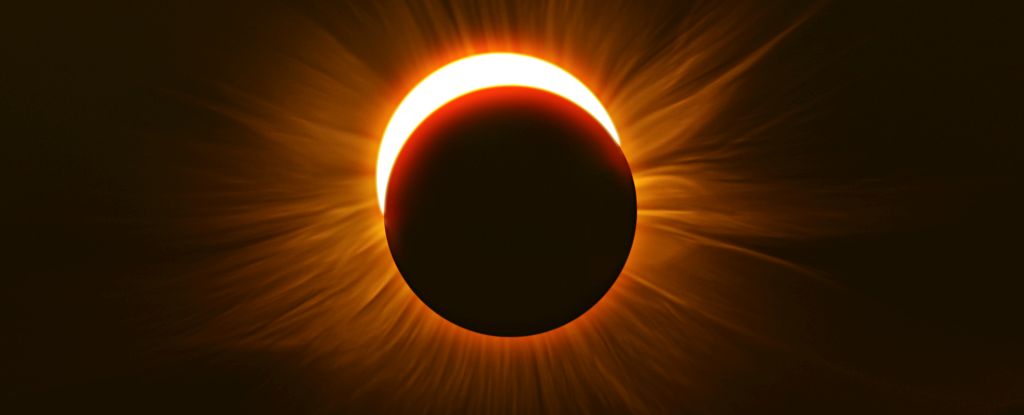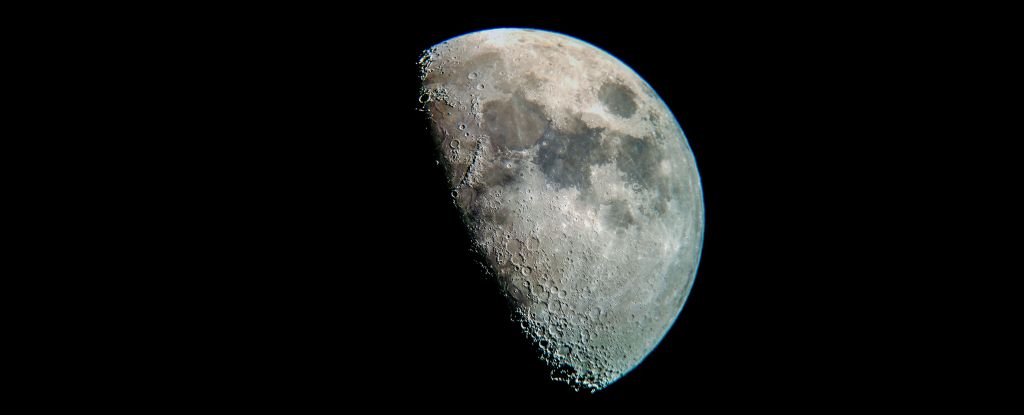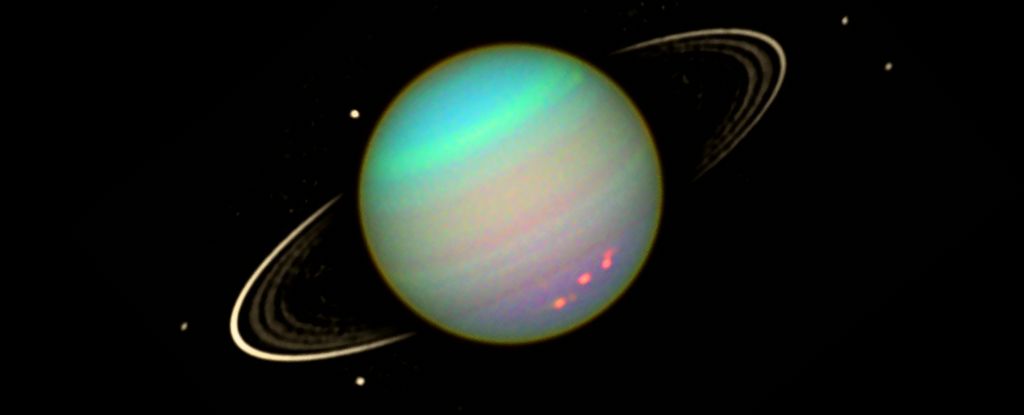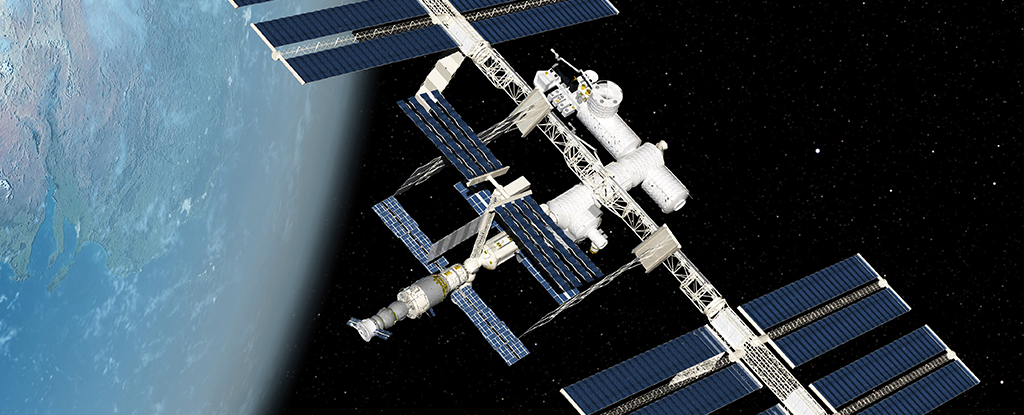A new analysis of dust retrieved from the moon suggests that water bound in the lunar surface may have come from the sun.
More specifically, it could be the result of the bombardment of hydrogen ions from the solar wind hitting the lunar surface, interacting with mineral oxides and combining with the dissolved oxygen. The result is water that could be hiding in significant amounts in the lunar regolith at mid and high latitudes.
This has implications for our understanding of the origin and distribution of water on the moon – and may even be relevant to our understanding of the moon Origin of water on earth.
The moon looks like a fairly dry ball of dust, but recent studies have found that there is one much more water up there than anyone ever suspected. Obviously it doesn’t swim around in lakes and lagoons; it is bound in the lunar regolithpossibly lurking as ice in permanently shadowed cratersand locked up Beads of volcanic glass.
Of course, that begs the question, how much water is there exactly? How is it distributed? And where the hell did it come from? The last question probably has multiple answers.
Some of that could come from asteroid Effects. Some from Earth. However, a possible source is hardly the first thing that springs to mind when imagining cosmic rain clouds.
To be fair, the sun isn’t exactly dripping with moisture, but its wind is certainly a reliable source of high-velocity hydrogen ions. evidence that contain Analysis of lunar debris from the Apollo missions has previously raised the strong possibility that the solar wind is responsible for at least some of the moon’s water components.
Now a team of researchers led by Chinese Academy of Sciences geochemists Yuchen Xu and Heng-Ci Tian have found chemistry in grains recovered by the Chang’e-5 mission supporting a solar lunar water spring.
They examined 17 grains: 7 olivine, 1 pyroxene, 4 plagioclase and 5 glass. These were all from a Mid-latitude region of the moon and from the youngest known volcanic lunar basalt collected from the driest basalt subsoil.
Using Raman spectroscopy and energy-dispersive X-ray spectroscopy, they studied the chemical composition of the edges of these grains – the outer, 100 nanometer ones bowl of grain which is most exposed to space weather and therefore most altered compared to the grain interior.
The majority of these rims showed very high hydrogen concentrations of 1,116 to 2,516 parts per million and very low deuterium/hydrogen isotope ratios. These ratios agree with the ratios of these elements in the solar wind, suggesting that the solar wind impacted the moon and deposited hydrogen on the lunar surface.
They found that the water content derived from the solar wind present at the Chang’e-5 landing site should be about 46 parts per million. This agrees with remote sensing measurements.
To see if hydrogen could be conserved in lunar minerals, the researchers then performed heating experiments on some of their grains. They found that once buried, the grains can actually store hydrogen.
Finally, the researchers ran simulations of the preservation of hydrogen in the lunar soil at different temperatures. It was shown that temperature plays an important role in the implantation, migration and outgassing of hydrogen on the moon. This implies that a significant amount of water from the solar wind could be retained at mid and high latitudes, where temperatures are cooler.
A model based on these findings suggests that the moon’s polar regions could be much richer in water produced by the solar wind – information that could be very useful in planning future lunar exploration missions.
“The polar lunar soils may contain more water than samples from Chang’e-5,” says cosmochemist Yangting Lin of the Chinese Academy of Sciences.
“This discovery is of great importance for the future use of water resources on the moon. Also, particle sorting and heating make it relatively easy to exploit and use the water contained in the lunar soil.”
The research was published in PNAS.





